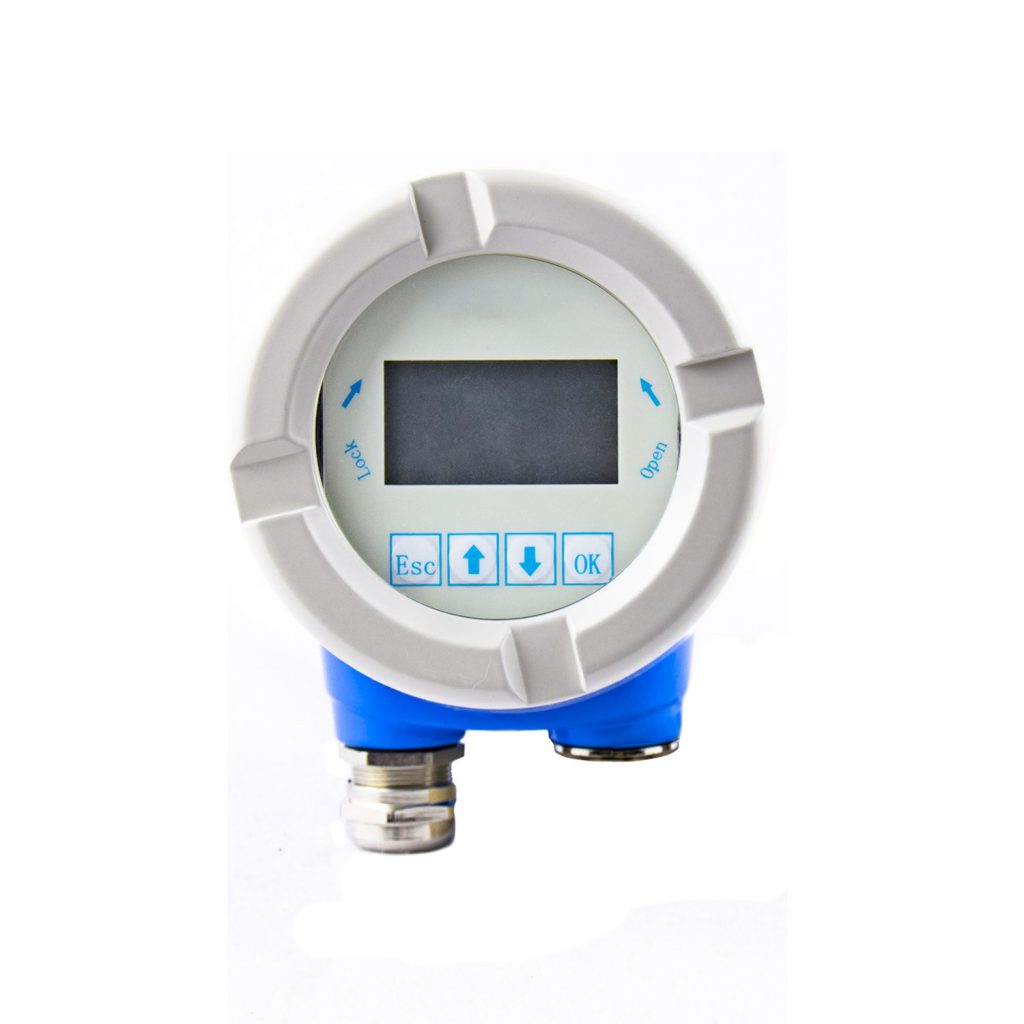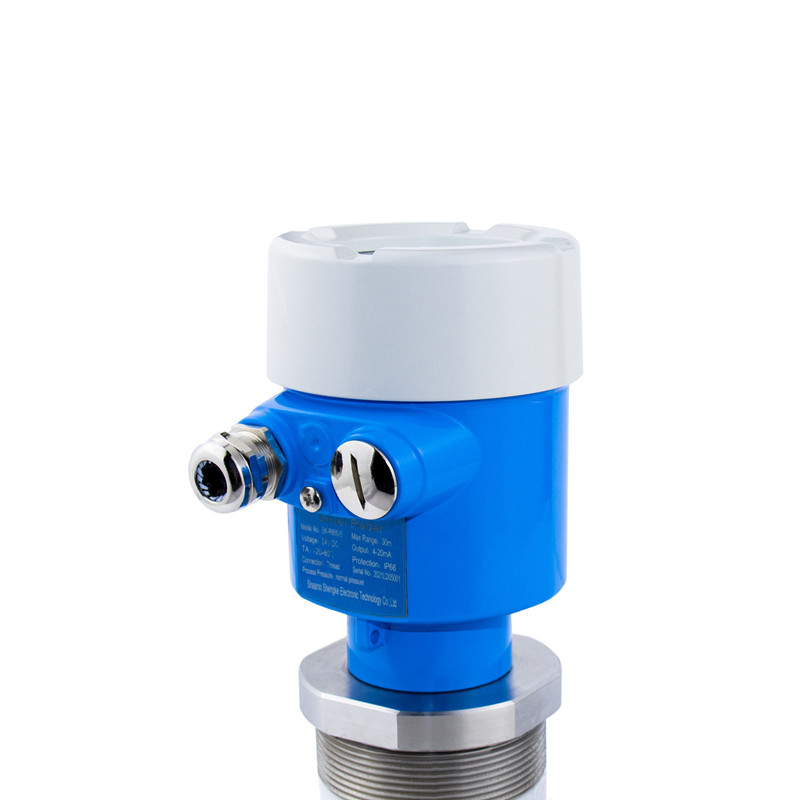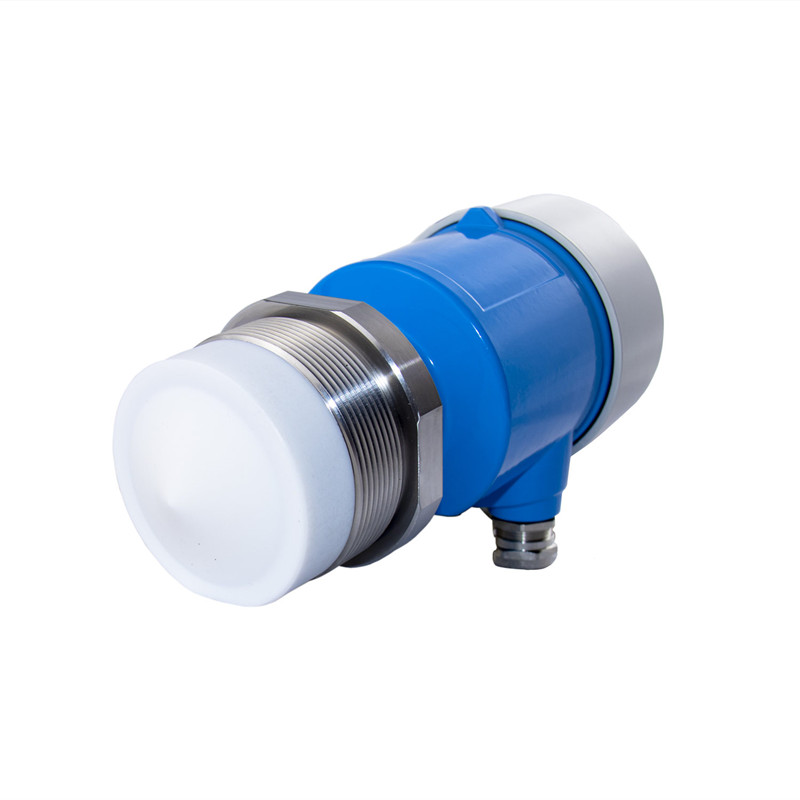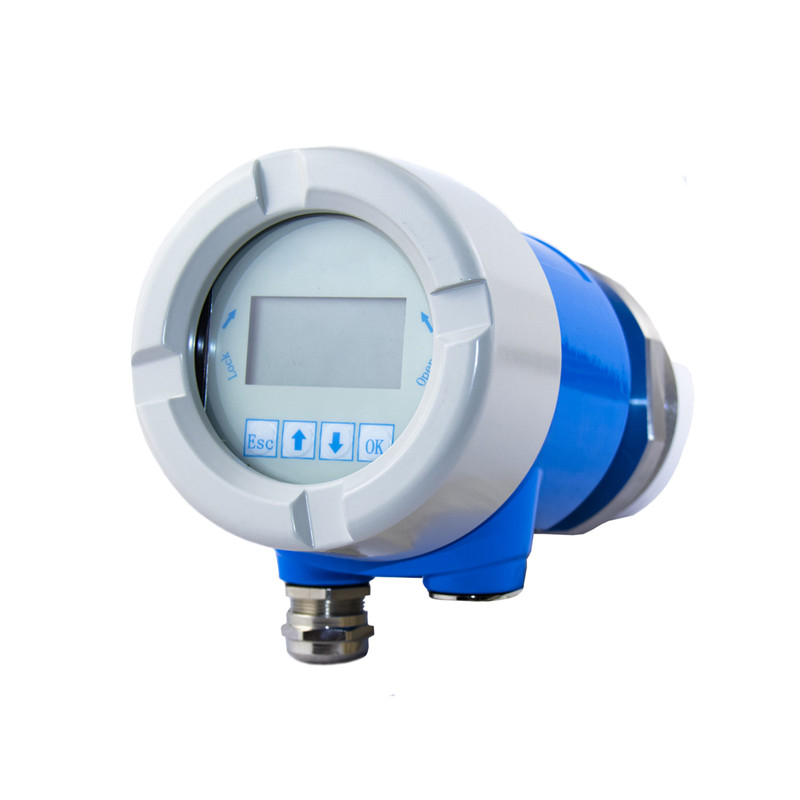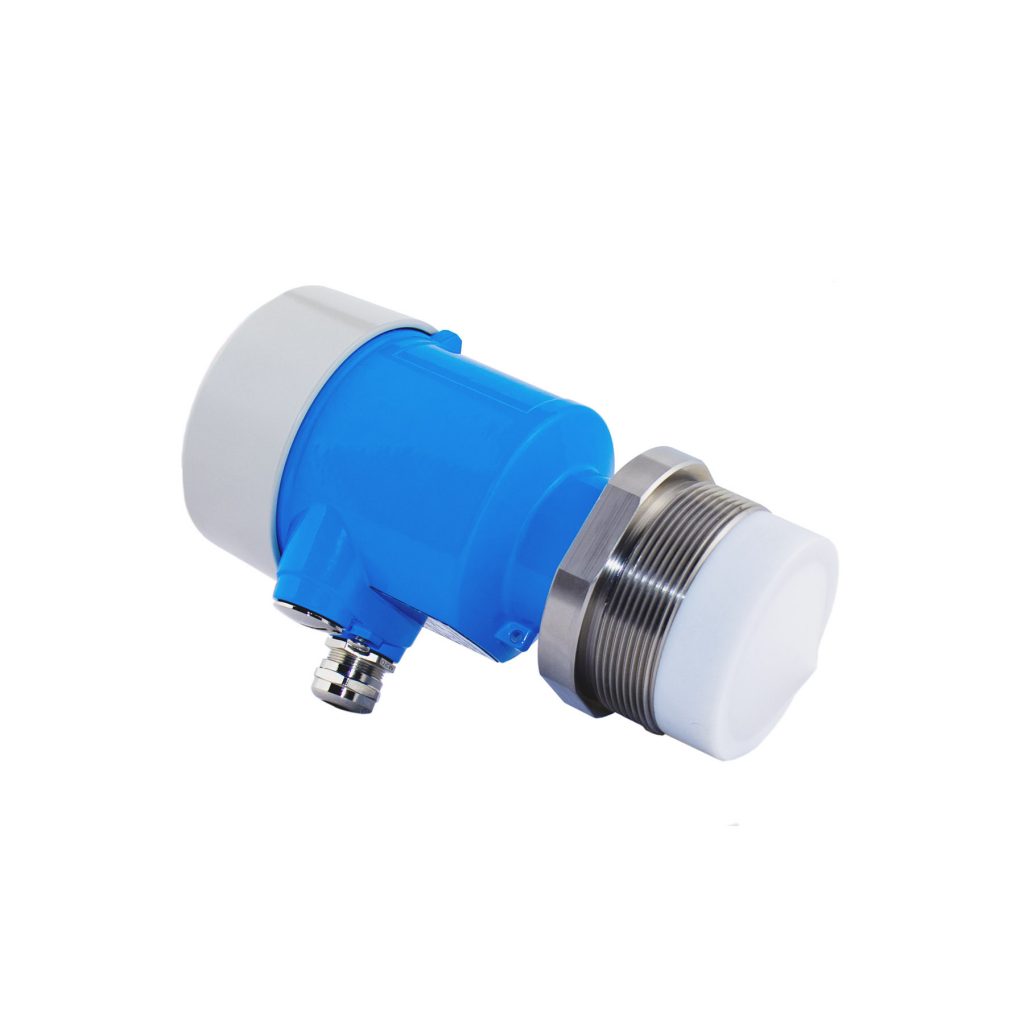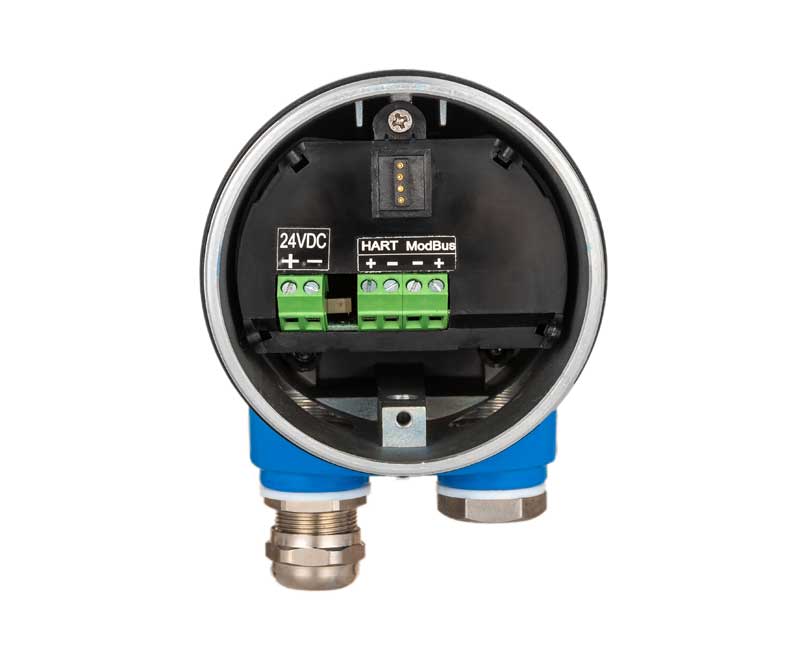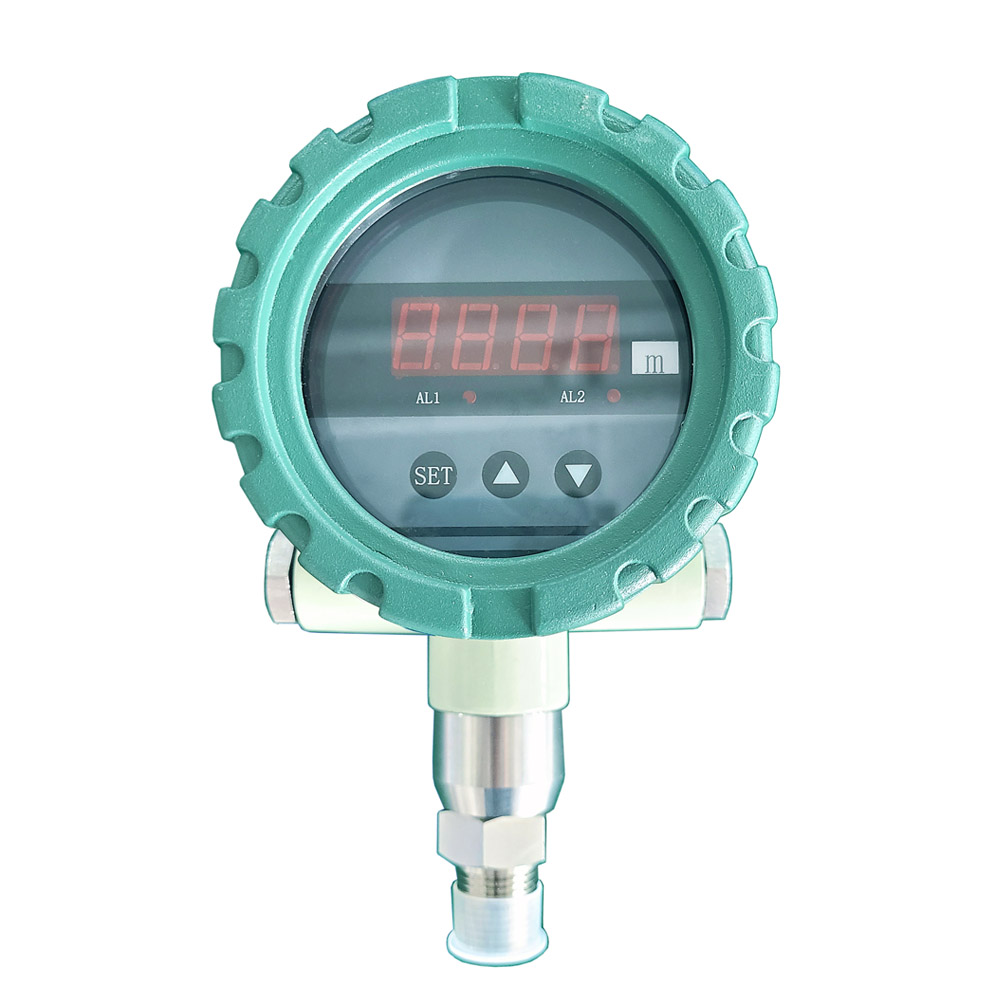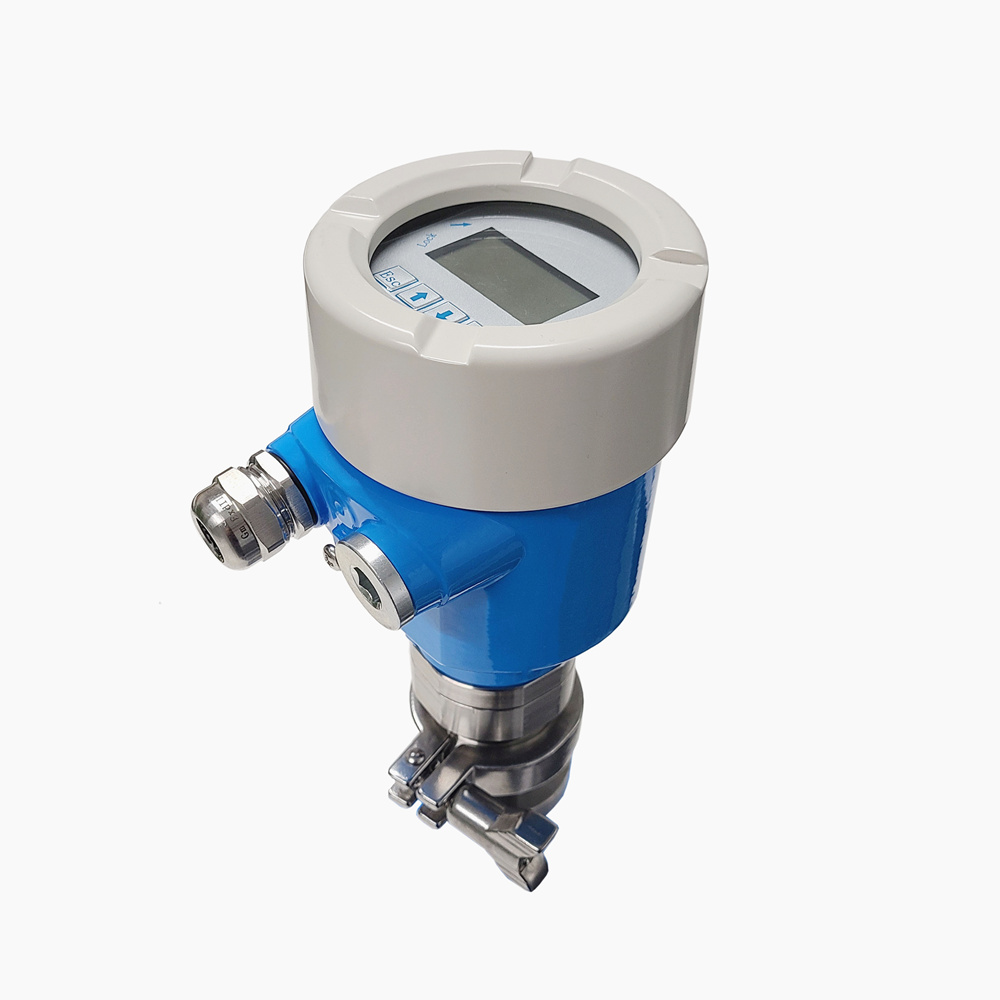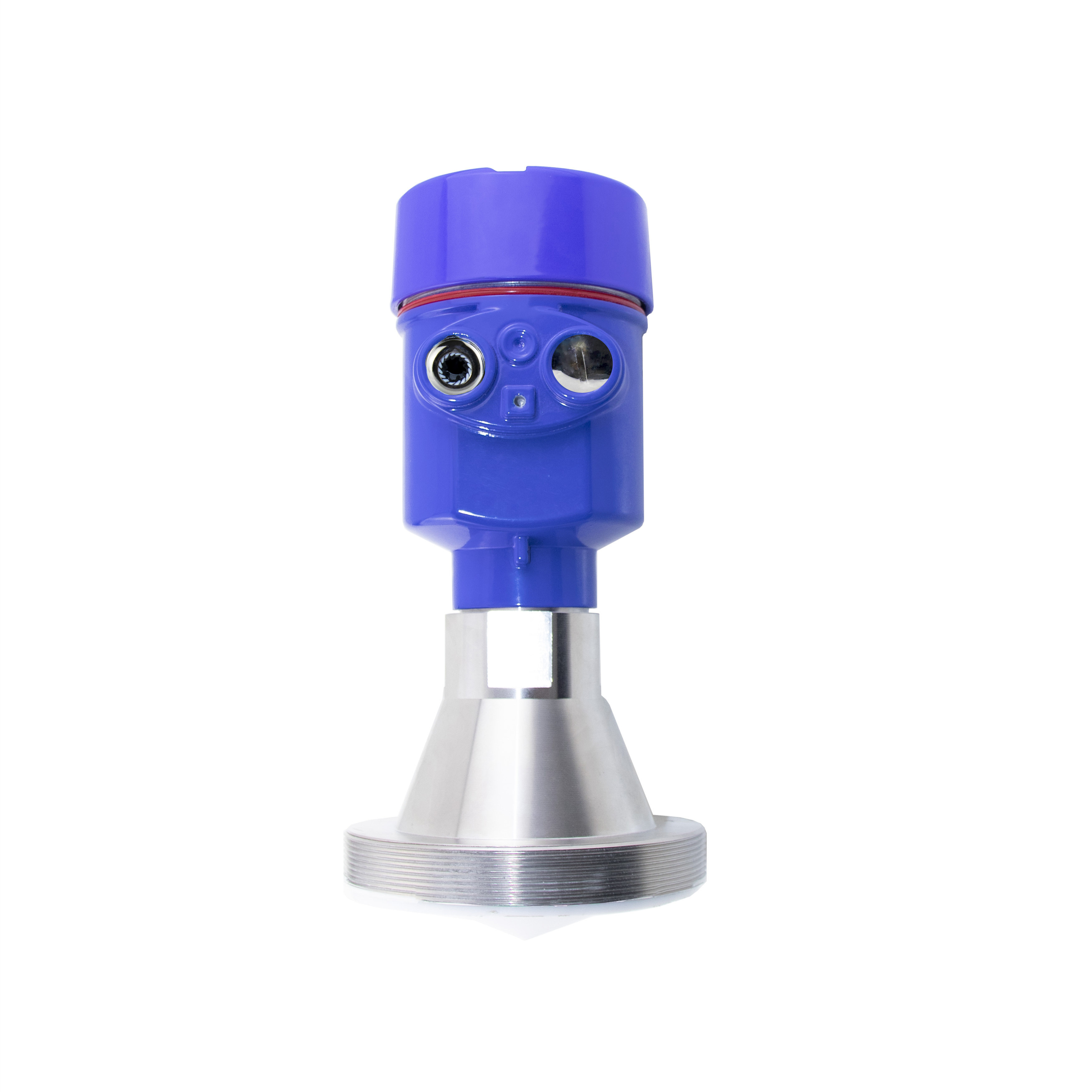Project Description
80GHz Radar Level Transmitter (Standard Version)
SKR800N
Benefits
2-wire 80GHz FMCW Radar
For liquid and bulk solids.
High Frequency 80GHz, More Focus
Beam Angle 3°
One type of PTFE Antenna, no cable, rod, or drop structure.
Suitable for long/tall/narrow applications
Not affected by temperature changes, dust or vapors
Dielectric Constant > 2 is recommended
Support small batch OEM service
Working principle
Frequency modulation continuous wave (FMCW) technology is adopted in the object level meter of 80GHz radar level transmitter. The continuous wave with frequency variation is transmitted within a certain period, and the echo reflected by the object has a certain frequency difference with the transmitted signal. The distance information between the target and the radar can be obtained by measuring the frequency difference.
Radar level meter, as a new industrial level measuring instrument, has the characteristics of high-temperature resistance, high-pressure resistance, vacuum resistance, strong penetration, temperature, steam, dust, and other effects.
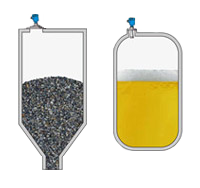
Non-Contact Level Measurement Instrumentations
When it comes to non-contact level measurement, both Ultrasonic and Radar are two of the most common types, while radar is divided according to different frequency, namely: 26GHz, 80GHz, 120GHz. Those devices applied similar measuring principles, installation(from top to end), and for dealing with similar industrial application. Each technology has varying degrees of success in different applications.
80GHz Radar vs. Ultrasonic
When it comes to non-contact level measurement, both Ultrasonic and Radar are two of the most common types, while radar is divided according to a different frequency, namely: 26GHz, 80GHz, 120GHz. Those devices applied similar measuring principles, installation(from top to end), and for dealing with similar industrial applications. Each technology has varying degrees of success in different applications.
Ultrasonic level instrumentations are a cost-effective devices, which is suitable for some simple applications, but they’re not as reliable or accurate in changing or difficult environments. Most application don’t have the stationary product in a stable condition, it will be wise to select 80GHz radar over an ultrasonic device.
| Ultrasonic | Radar | |
| Common Frequency | 30 kHz, 240 kHz | 80GHz |
| Microwaves Type | Mechanical wave(Sound waves) | Electromagnetic waves |
| Dust, condensation, buildup | Huge influence | No influence |
| Air temperature, pressure | Huge influence | No influence |
| Air density, and gas composition | Huge influence | No influence |
| Suitable Application | Simple/stationary measurements (Exp: Water level) | Nearly all types of level measurements |
80GHz Radar vs. 26GHz Radar
Non-contact level radar is widely used, but most of the radar type is restricted to 26 GHz.
Due to it’s frequency and signal strength, 26GHz reflects poorly from some liquids, as well as many solids, which reduces accuracy.
Meanwhile, the beam angle and antenna size(often come with large horn structure) limits its ability to dealing with application with foam, condensation, especially in some small, tall, narrow vessels, or spurious reflections from mounting fittings, tank walls, baffles, heaters.
| 26GHz Radar | 80GHz Radar | |
| Common Frequency | K-band 26GHz | W-band 80GHz |
| Beam Angle | >10° | >3° |
| Accuracy | ±5mm | ±2mm/±1mm |
| Antenna Type | Horn | PTFE Lens |
| Antenna size |  |
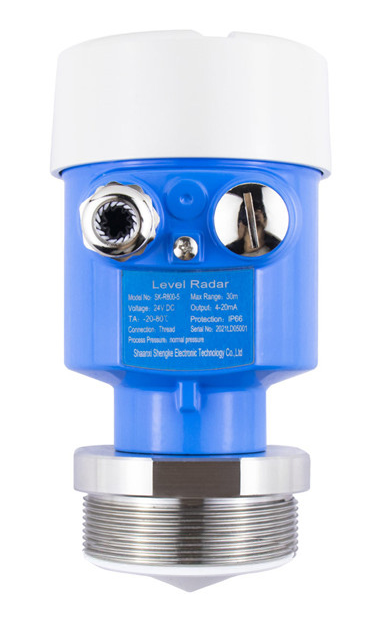 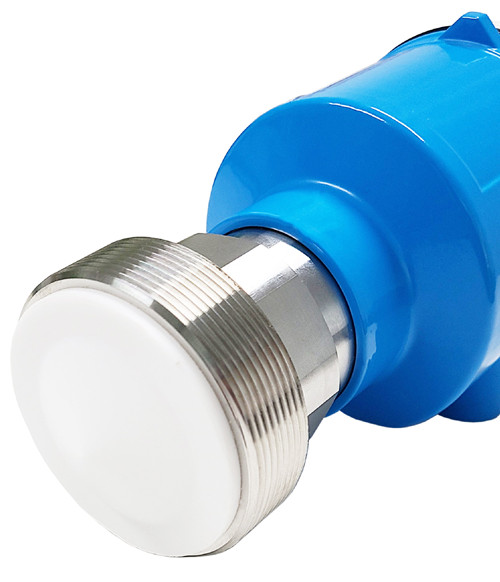 |
| Installation | 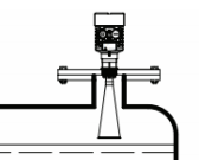 |
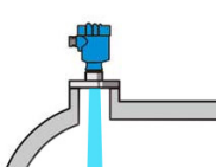 |
OEM/Customize Service
SKE Measurement considers itself a solution provider and manufacturer. We offer maximum flexibility and a cost-optimised offer for our OEM customers.
What we could provide:
The range includes customized shell version/color, thread type(G-Thread/NPT Thread), Customized Software, prints, manual and catalog. If you are interested in installing at your side, Radar Module is available for sure.
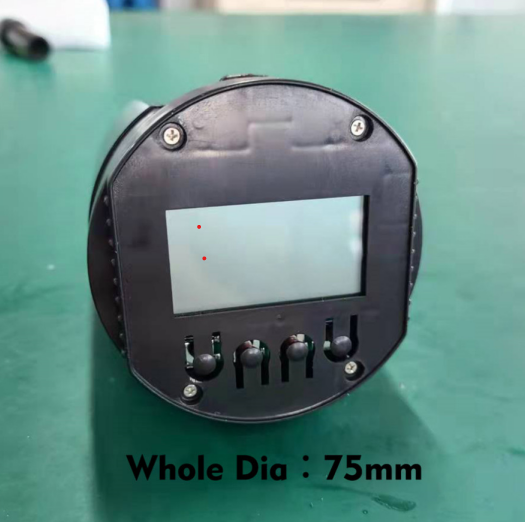
Radar-Module
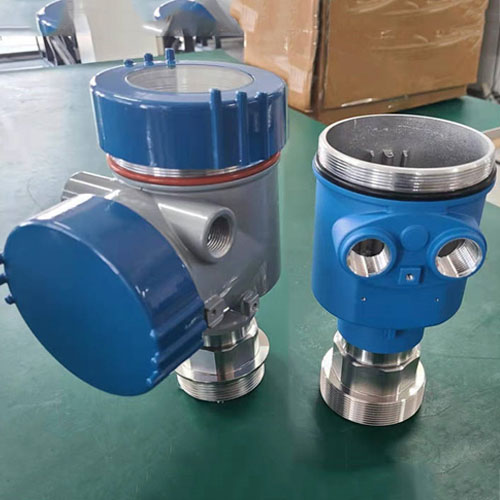
Housing Version/Color
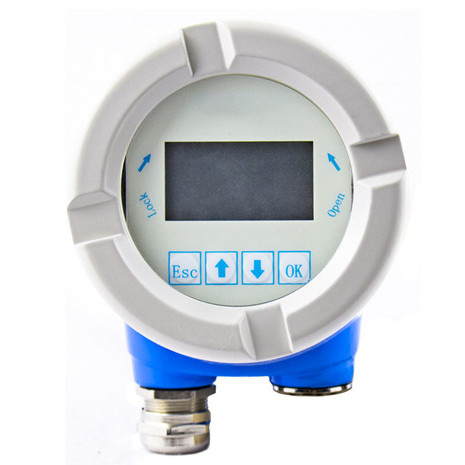
Broad LOGO Print
Storage/Package
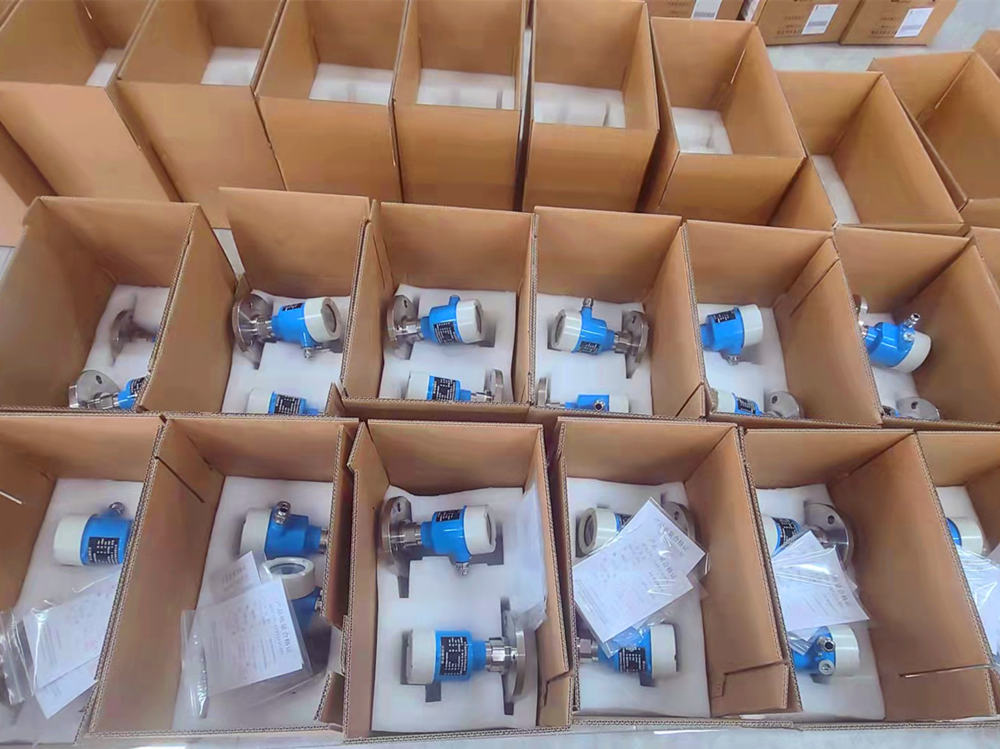
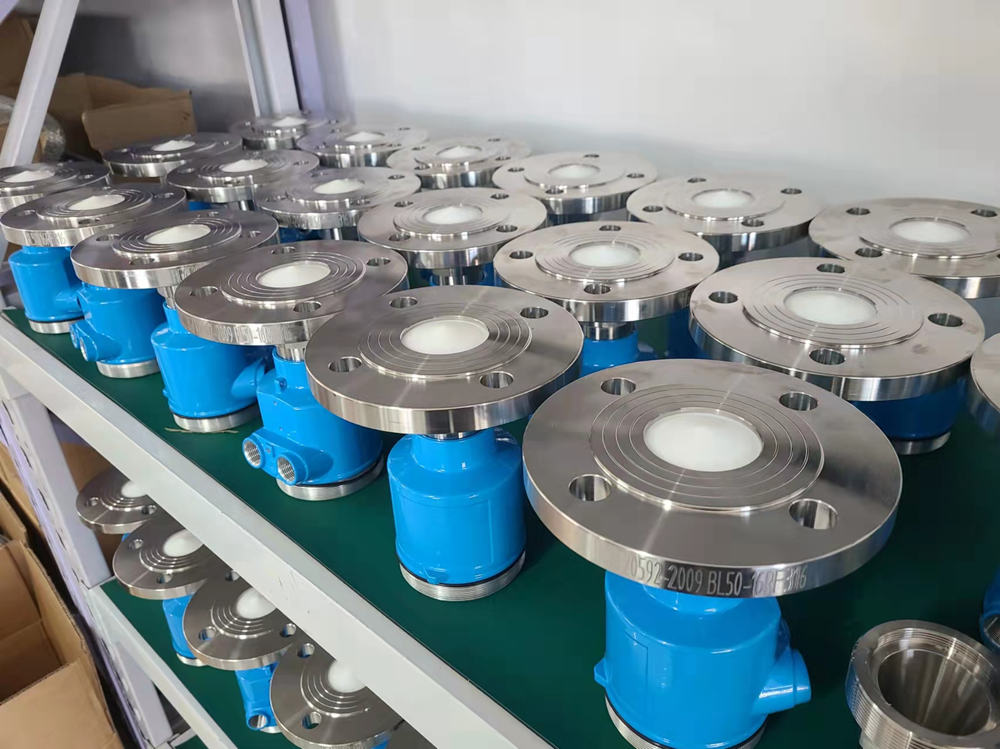
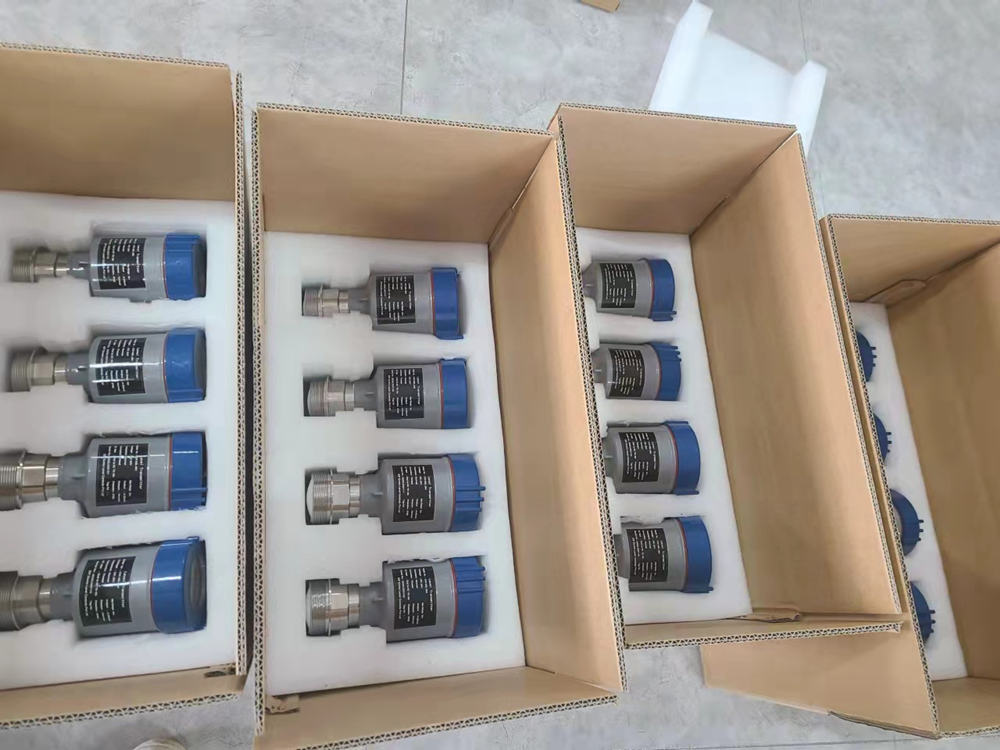
Application Cases
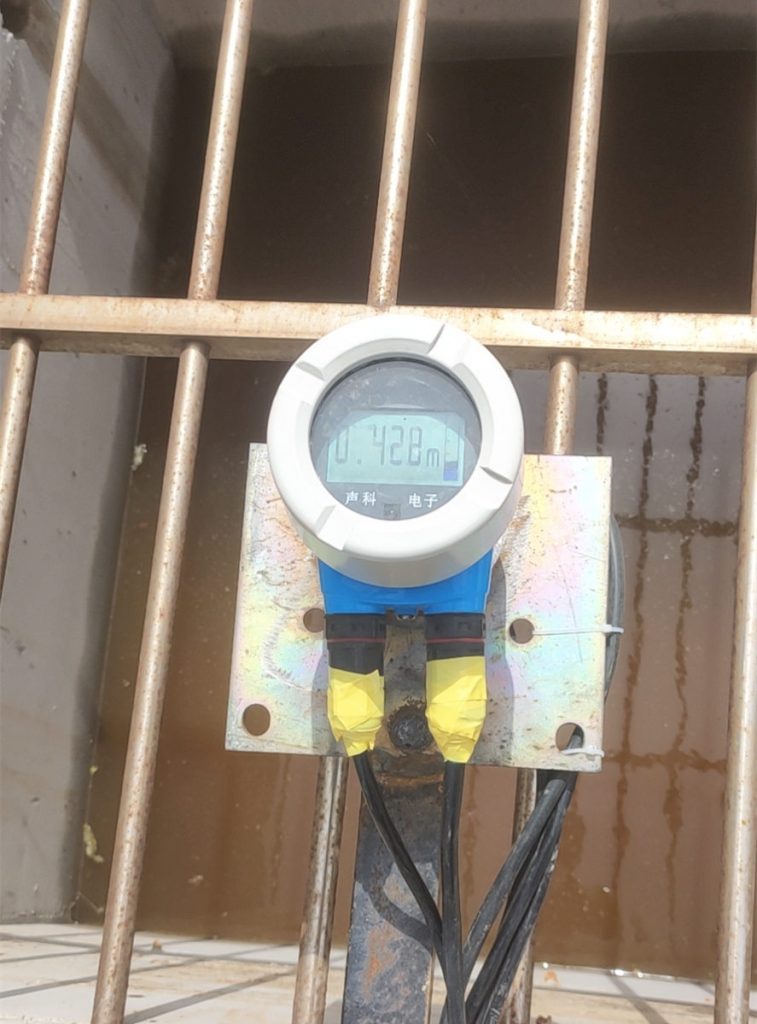
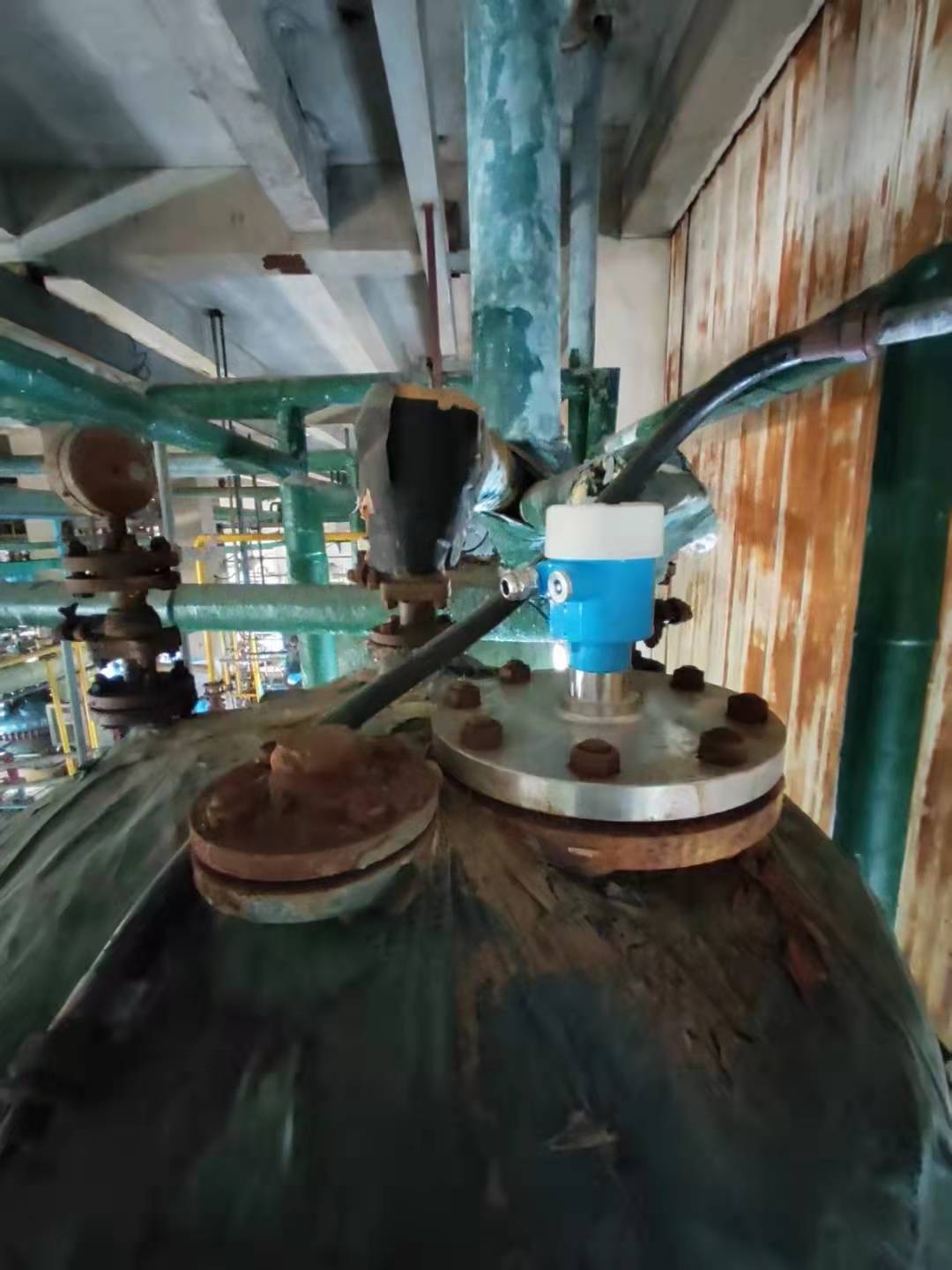
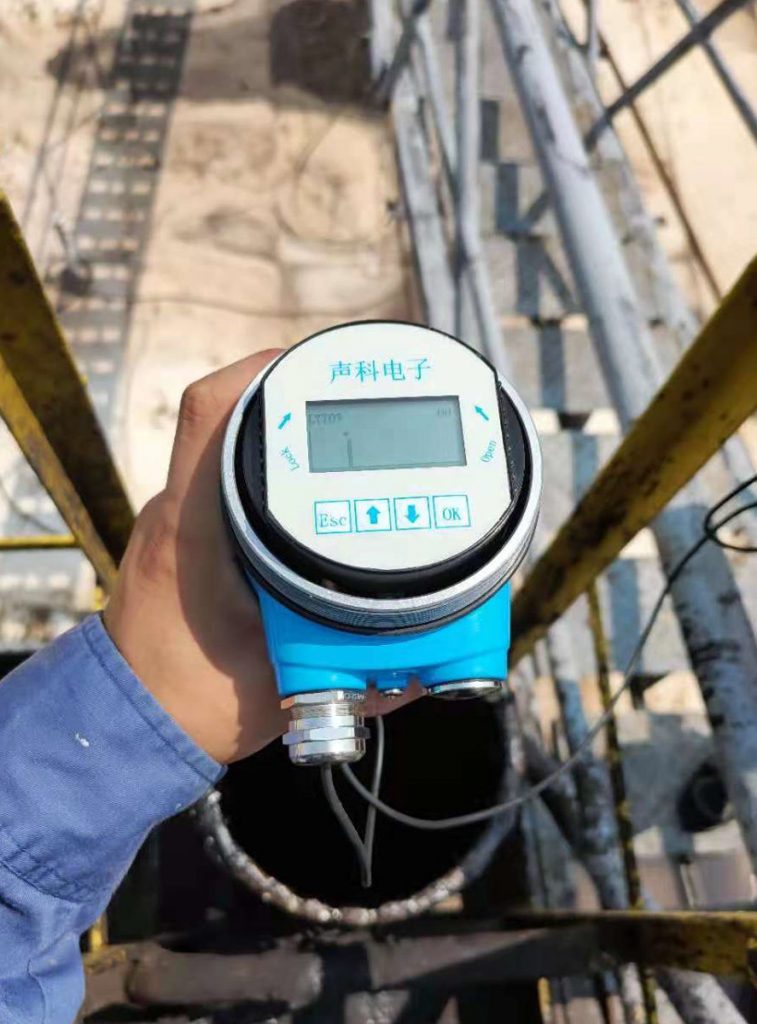
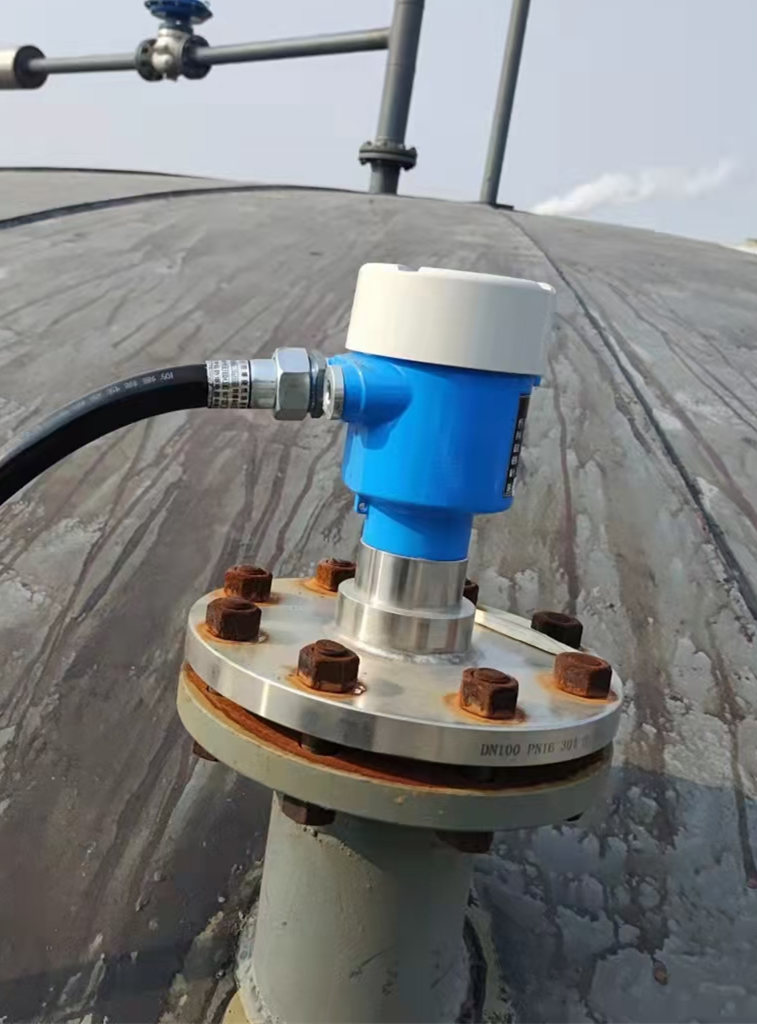
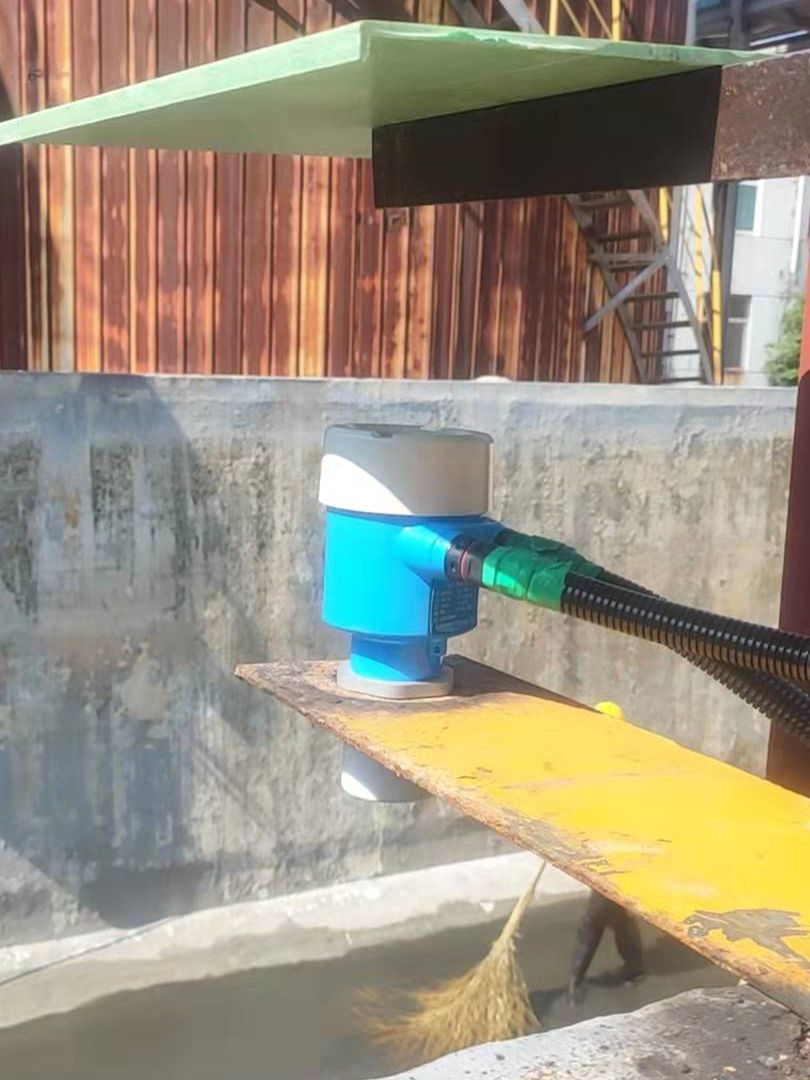
Technical specifications
| Application | Liquid/Solid Measurement |
| Frequency | 77GHz-81GHz |
| Measurement Range | 8m, 15m, 30m |
| Antenna Material | PTFE |
| Installation | Thread G2 1/2 / Flange |
| Process Temperature | -40℃~+60℃ |
| Process Pressure | Normal atmospheric pressure |
| Accuracy | liquid: ±2mm; Solid ±5mm |
| Beam Angle | 3° |
| Signal output | 4-20mA/HART, Rs 485-Modbus |
| Power | <0.5W (two-wire) |
| Explosion-proof | Exdia II CT6Gb |
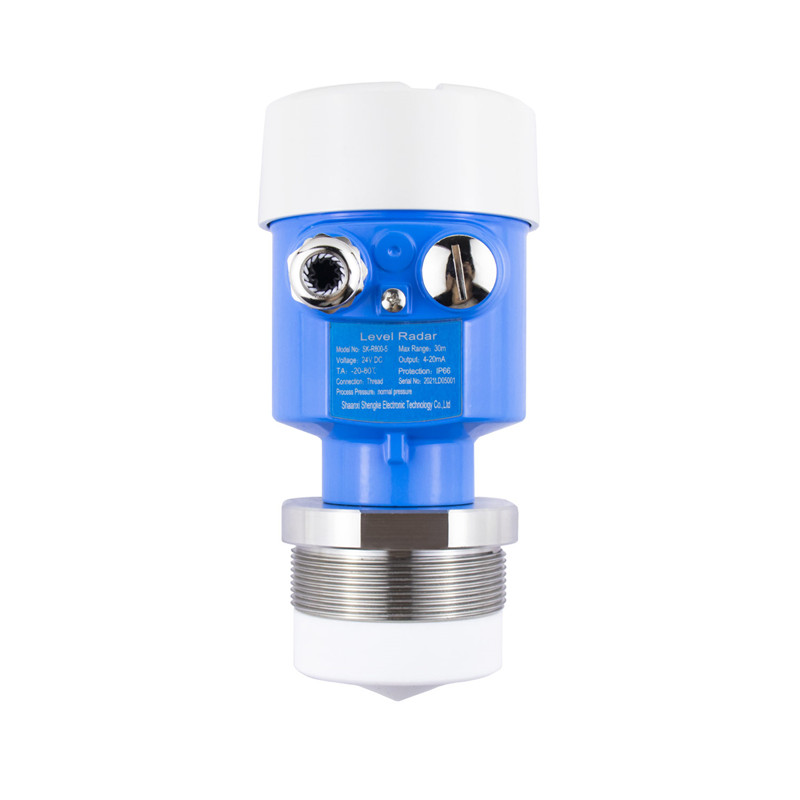 |
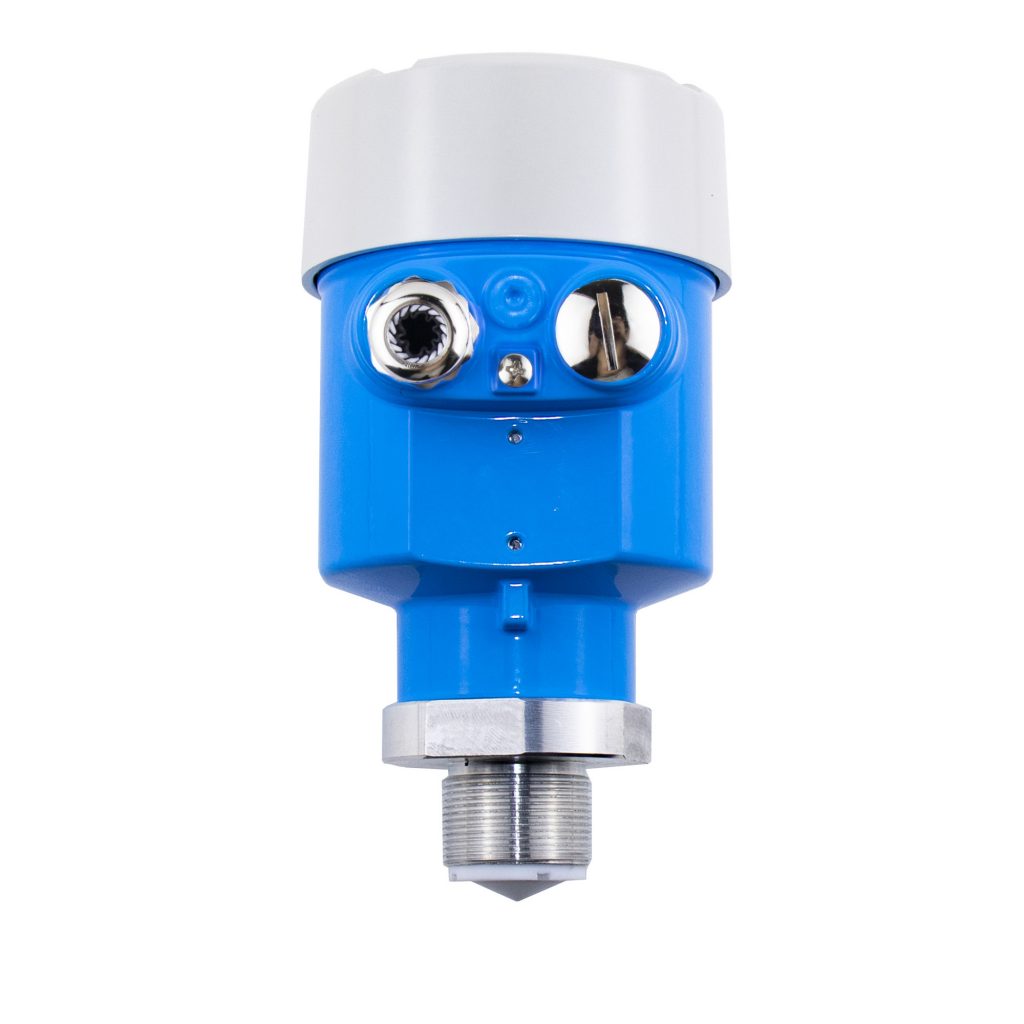 |
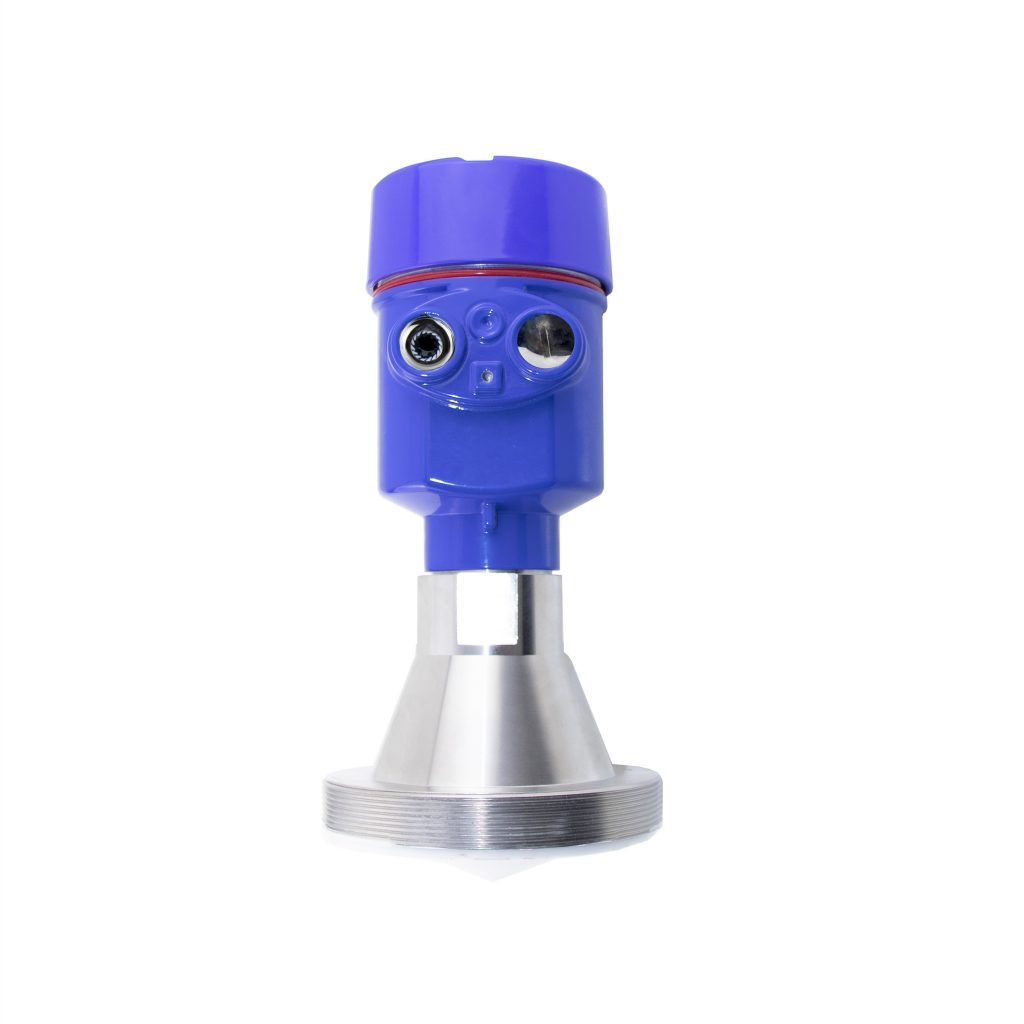 |
|
| Model | SKR800N | SKR800NS | SKR800H |
| Product Type | FMCW Radar Level Transmitter | FMCW Radar Level Transmitter | FMCW Radar Level Transmitter |
| Application | *Simple liquid Measurement (exp: water) *Standard liquid measurement (exp: Corrosive chemical) *Simple solid measurement |
*Simple Liquid Measurement *small-sized antenna, lightweight *Suitable for small-sized tank/vessel |
*Standard Bulk Solid Measurement *Large range water measurement *Suitable for Narrow tank, silo, vessel. |
| Frequency | 77GHz-81GHz | 77GHz-81GHz | 77GHz-81GHz |
| Measurement Range | Liquid: 0.2-30m (0.6 ft – 98 ft) Solid: 0.2-15m (0.6 ft – 49 ft) |
Liquid: 0.2m-20m (0.6 ft – 65 ft) | Solid: 0.2-60m (0.6 ft – 198 ft) Liquid: 0.2-60m (0.6 ft – 198 ft) |
| Accuracy | ±2mm for liquid ±5mm for solid |
±2mm | ±5mm for solid ±2mm for liquid |
| Beam Angle | 3° | 5° | 1.5° |
| Antenna Material | SS 304/Sealed PTFE | SS 304/Sealed PTFE | SS 304/Sealed PTFE |
| Process Connection | Thread G 2 1/2 ; Flange from DN80 |
Thread G 3/4 ; Flange From DN32 |
Thread M130*2 ; Flange from DN100 |
| Process Temperature | -40°C to +60°C (-40 to +140 °F) | -40°C to +60°C (-40 to +140 °F) | -40°C to +60°C (-40 to +140 °F) |
| Process Pressure | Normal atmospheric pressure | Normal atmospheric pressure | Normal atmospheric pressure |
| Signal output | 4-20mA/RS485(Modbus – RTU) | 4-20mA/RS485(Modbus – RTU) | 4-20mA/RS485(Modbus – RTU) |
| Power | Two-wire DC 24V (22V~30V) | Two-wire DC 24V (22V~30V) | Two-wire DC 24V (22V~30V) |
| Explosion-proof | Exdia II CT6Gb | Exdia II CT6Gb | Exdia II CT6Gb |
| SK-R800N | 80GHz Radar Level Transmitter | ||||||
| Code | Medium Type | ||||||
| L | Liquid | ||||||
| S | Solid | ||||||
| Code | Measuring Range | ||||||
| 3~30 | 3m、8m、15m、20m、30m | ||||||
| Code | Connection | ||||||
| G | G Thread | ||||||
| N | NPT Thread | ||||||
| X | Customize | ||||||
| Code | Temperature | ||||||
| N | -40-60°C | ||||||
| Code | Electric Interface | ||||||
| M | M20×1.5(F) | ||||||
| N | 1/2 NPT(F) | ||||||
| Code | Communication | ||||||
| M | Modbus | ||||||
| H | Hart | ||||||
| SK-R800N | L | 10 | G | N | M | H | |

